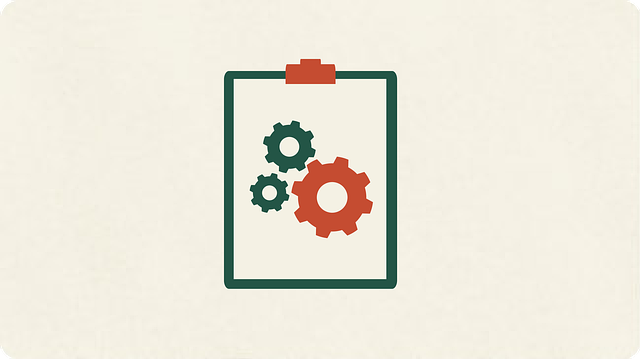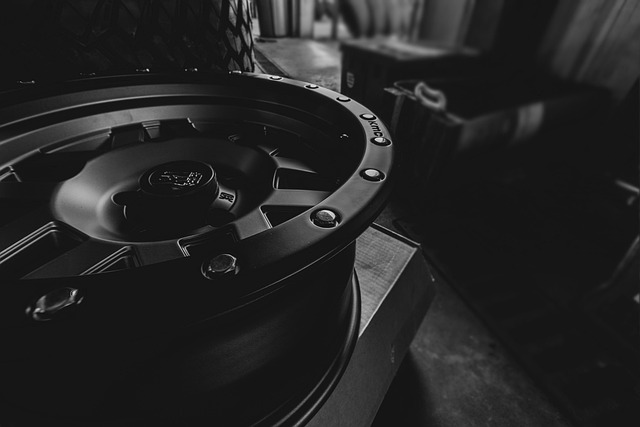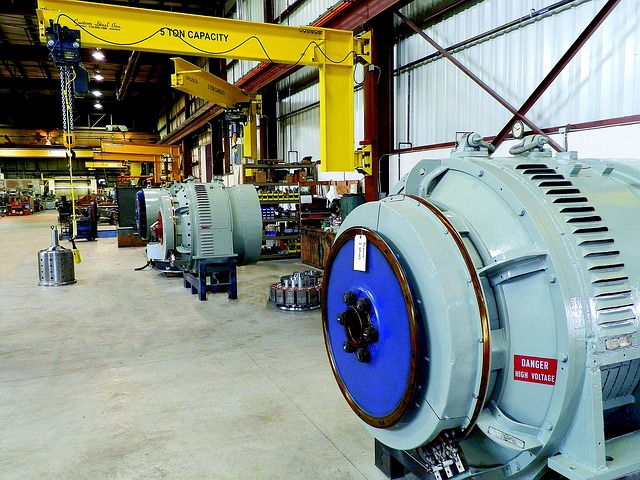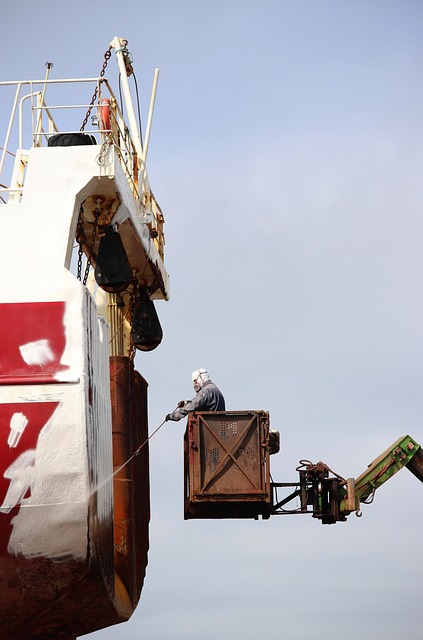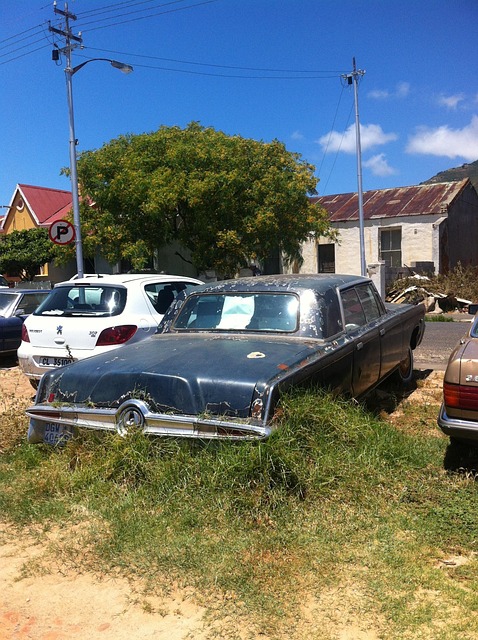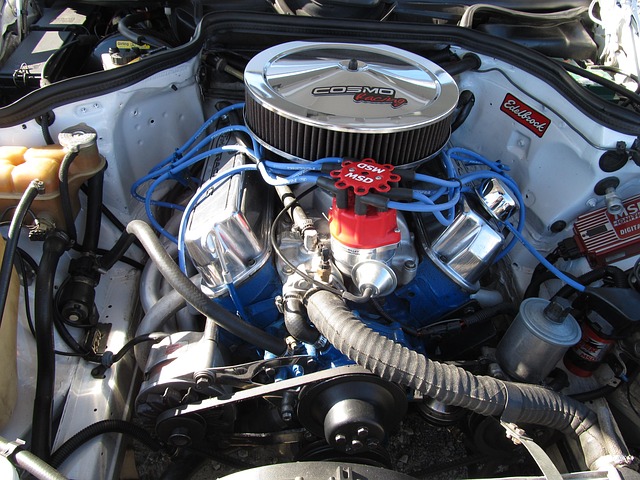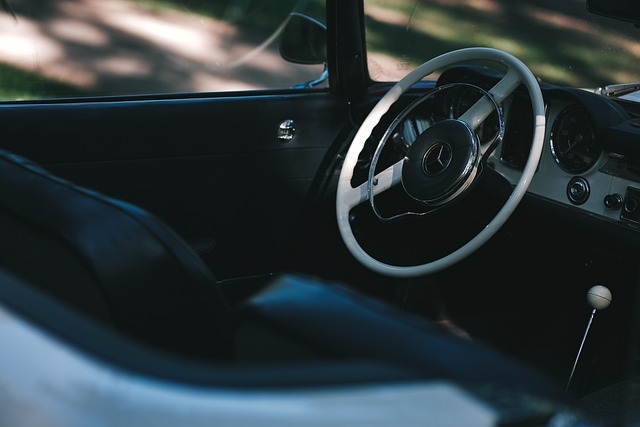When assessing a flood-damaged vehicle for repair, inspect every inch for water intrusion and potential structural damage. Look for visible water lines, rust, mold, unusual noises or smells, and check all electronic systems. After initial repairs, focus on structural integrity, chassis checks, wheel inspection, bodywork, and paint services to restore safety and resale value. Ensure roadworthiness with meticulous post-repair inspections, including mechanical checks and advanced diagnostics at professional auto body shops.
After a flood, assessing and repairing your vehicle for roadworthiness is crucial. This guide outlines essential steps to ensure safety and functionality. First, inspect for signs of water intrusion, corrosion, and electrical damage—common issues in flood-damaged cars. Next, follow a step-by-step repair process: from replacing affected parts to meticulous testing. Finally, prioritize safety by adhering to recommended guidelines, ensuring your vehicle is fit to drive on the road again. Remember, proper repair after flood damage is key to preventing future risks and keeping you secure behind the wheel.
- Assessing Flood Damage: What to Look For
- Essential Repairs for Roadworthiness: Step-by-Step Guide
- Safety Measures and Testing: Getting Your Vehicle Back on the Road
Assessing Flood Damage: What to Look For

When assessing a flood-damaged vehicle for repair, it’s crucial to inspect thoroughly as every inch of the car could have been affected by the water intrusion. Look out for visible signs of water lines on doors, hoods, and fenders—these can indicate how high the water level reached during the flooding event. Check for any rust or mold growth not only on the exterior but also under the carpeting and within the engine compartment. Flooded vehicles are at higher risk of hidden structural damage due to pressure differences between the trapped air pockets and the surrounding environment, so pay close attention to odd noises or unusual smells upon inspection.
Moreover, assess the functionality of all electronic systems including lighting, dashboard instruments, and infotainment units. Water can cause short circuits and corrode electrical components, leading to malfunction or failure after flood damaged vehicle repair. Don’t forget to inspect the vehicle’s engine for potential water ingress which could have caused internal damage. The engine block, transmission, and oil pan are particularly vulnerable areas that require close scrutiny during the car restoration process.
Essential Repairs for Roadworthiness: Step-by-Step Guide
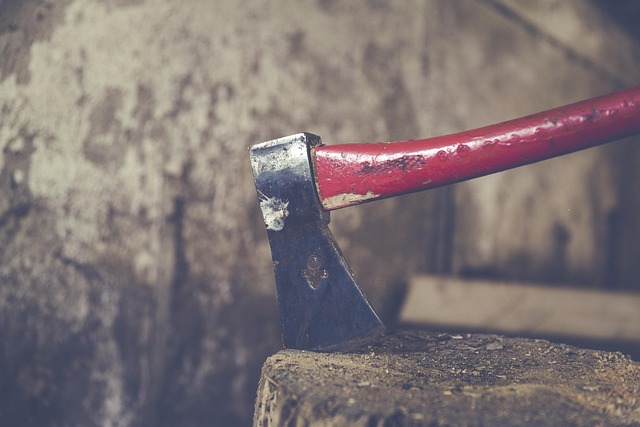
After a flood-damaged vehicle has undergone initial repairs, ensuring roadworthiness involves meticulous attention to several critical components. The first step is assessing structural integrity. This includes inspecting the chassis, suspension systems, and wheels for any signs of corrosion or damage from prolonged water exposure. Any compromised parts should be replaced to guarantee safe driving conditions.
Next, focusing on the car’s bodywork and paint services is crucial. Dents, creases, and rust spots caused by flooding often require professional restoration. Skilled technicians can use specialized techniques like body repair and paint matching to restore the vehicle’s aesthetic appeal and structural soundness. This step ensures not only the safety of the driver but also maintains the car’s resale value, particularly for luxury brands such as Mercedes-Benz repair.
Safety Measures and Testing: Getting Your Vehicle Back on the Road

After a flood-damaged vehicle has undergone repair, ensuring its roadworthiness is paramount for your safety and that of other road users. Before hitting the road, several critical safety measures and tests must be carried out. These include checking the structural integrity of the vehicle to ensure no hidden damage remains, especially in areas often affected by water ingress, such as doors, windows, and trim.
Additionally, a thorough inspection of the mechanical components like brakes, suspension, and electrical systems is essential. It’s recommended to visit an auto body shop equipped with state-of-the-art equipment for accurate diagnostics. Services like car paint repairs and Mercedes Benz repair, if needed, should be handled by professionals who understand not just the make but also the specific models’ unique requirements. This ensures that your vehicle not only functions optimally but also meets road safety standards, allowing you to drive with confidence after flood damage repair.
After a flood-damaged vehicle repair, ensuring roadworthiness is crucial. By thoroughly assessing the damage, prioritizing essential repairs, and adhering to safety measures, you can safely return your vehicle to the roads. Remember, proper restoration not only guarantees optimal performance but also promotes peace of mind while driving. For a successful outcome, follow these steps to reclaim your vehicle’s reliability after flood damage.


